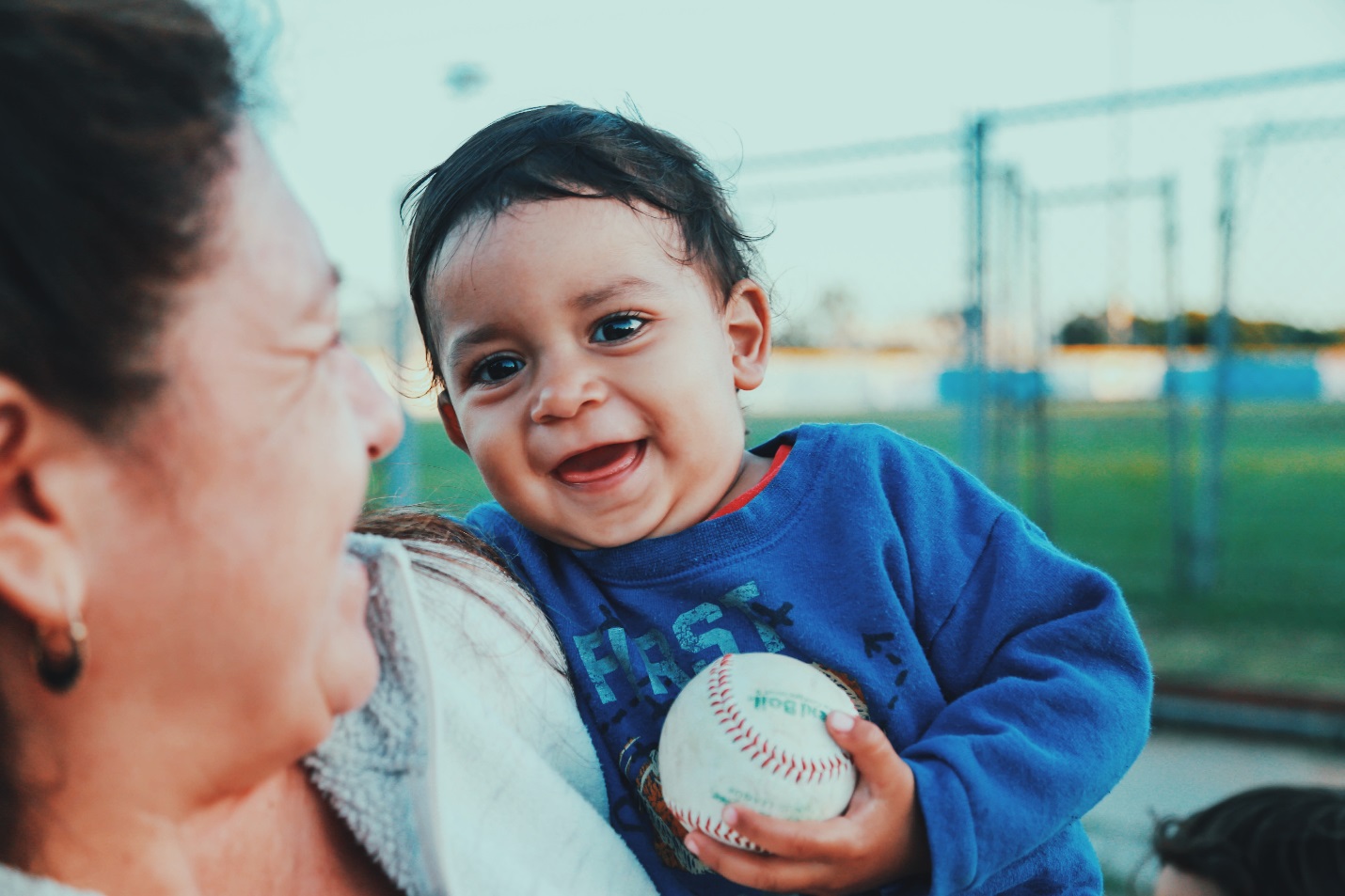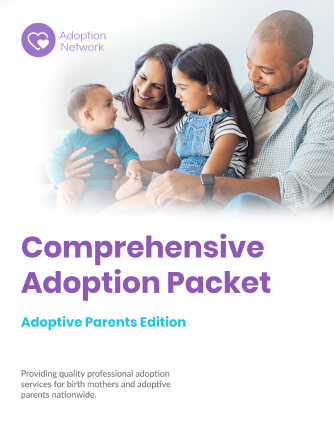
What is Open Adoption? - Is it Best for You?
Despite adoption’s history, open adoption is becoming vastly more common.
How Open Adoption Works
There is no formal and definite definition of the term open adoption but the adoption community recognizes it as Birth Parents and Adoptive Families having “access to varying degrees of each other’s personal information and have an option of contact.” Despite adoption’s history, open adoption is becoming vastly more common. Adoption experts agree that open adoption is healthier long-term for the child. For those reasons, and many others, it is important to understand what the process looks like from both sides.

View Waiting Families
Whether you, the Birth Mother, want a closed adoption with no contact, want some contact like receiving photos and updates, or want an Adoptive Family open to visits, your adoption agency or professional can help you screen and find families waiting to adopt that have similar preferences regarding the level of contact you desire.
Contact with the Adoptive Parents During Your Pregnancy
If you are creating your adoption plan prior to giving birth, contact with the Adoptive Parents during the pregnancy is an option. Some Birth Mothers and Adoptive Parents will call/text during the pregnancy and some Birth Mothers will even ask the Adoptive Parents to accompany them to a doctor’s visit. Some Birth Mothers are not comfortable maintaining contact directly with the Adoptive Parents during their pregnancies and instead ask their adoption professionals to be the point of contact to share important information and updates.
Contact with the Adoptive Parents at the Hospital
You will also have the right to decide on what level of contact you would like with the Adoptive Parents during your hospital stay. You may choose to spend time alone with the baby or you can choose to spend time with the Adoptive Parents and the baby. Whatever you decide, it is important to know that you have the right to make decisions during your hospital stay. Your adoption agency or professional will help you create the right hospital plan for you and act as your liaison with the Adoptive Parents.

Contact with the Adoptive Family Post Adoption Placement
In 2012, the Adoption Institute found that about 60 percent of domestic adoptions were open adoptions. Open adoption can take on varying forms and levels of communication. For example, the Birth Parents and Adoptive Parents may agree to share photo updates, phone calls, emails and/or visits, depending on the agreement and what is decided to be best for the child as they grow up.
Many Adoptive Parents will give the Birth Mother or Birth Parents access to a private photo sharing site or a private social media account and post photos and updates there. This allows the Adoptive Parents to continue to share the photos and updates while allowing the Birth Family to view them when they are ready to do so.
Some Adoptive Parents and Birth Parents enter into what is known as a Post Adoption Contact Agreement (PACA), which allows for certain, specified contact between the Birth Parents and the Adoptive Family. There is no standard PACA and there is also no minimum or maximum requirement for level of interaction as each agreement will look different based on the specific Adoptive Family and Birth Parents. Some states will enforce PACAs so long as they serve the best interest of the Adoptee, while other states will prohibit or not enforce them at all. Adoption experts and professionals agree that open adoption is healthiest for those involved but they also emphasize that the degree of openness should always focus on meeting the needs of the child.
Assumed Complications
Obviously, there are concerns that exist with open adoption that don’t otherwise appear in a closed adoption situation. Open adoption is not easy. Adoption, in general, is not easy. It just happens that with open adoption, there are more moving parts, more people, and more opinions and emotions, so it is difficult to accommodate every single person in the process. It is important to remember that whether you choose open, semi-open or closed adoption, the most important person in this process is the child. Open adoption may require more preparation, more emotions, as well as more obstacles and challenges, but know that it will also result in more love.

What it Means to be Open
Marianne Berry, who wrote for The Future of Children says, “Although some have proposed frameworks to determine the extent of openness and categories of open adoptions, researchers are finding that these frameworks must be very fluid, fluctuating along a continuum of openness. Adoptive family relationships, like all family relationships, are constantly changing, and open arrangements will evolve and develop as the child and the families grow.”
It’s qualities like flexibility, honesty, and openness, which are all things that are difficult for any family, but that are essential to the relationships within an open adoption. What it means to be open will vary from family to family.
There’s nothing simple about open adoption, nor is anything definitively easy, but there’s a reason. There’s beauty in the complexity of communication, in the idea of openness, and in a bigger family working it all out together. There is a little bit more of everything, but even simple math can determine that more means more. Ultimately, that’s what adoption is, open or not, a decision to love more.
Benefits of An Open Adoption
While open adoption will not work for all Birth Mothers, there are benefits to being able to maintain a healthy open adoption as Birth Mothers are often able to better deal with their grief and loss as they are able to affirm their adoption decision.
It is important to understand that there will not be one best method in terms of type and amount of contact. It is also important to understand that the level of contact may also change over time. The most important factor in type and amount of contact should be what is in the best interest of the child.
DOWNLOAD the full “Pregnancy & Adoption Planning Guide” here
Available 24/7 to Answer Your Adoption Questions


Search Adoption Network
Speak with a Specialist 1-800-367-2367
